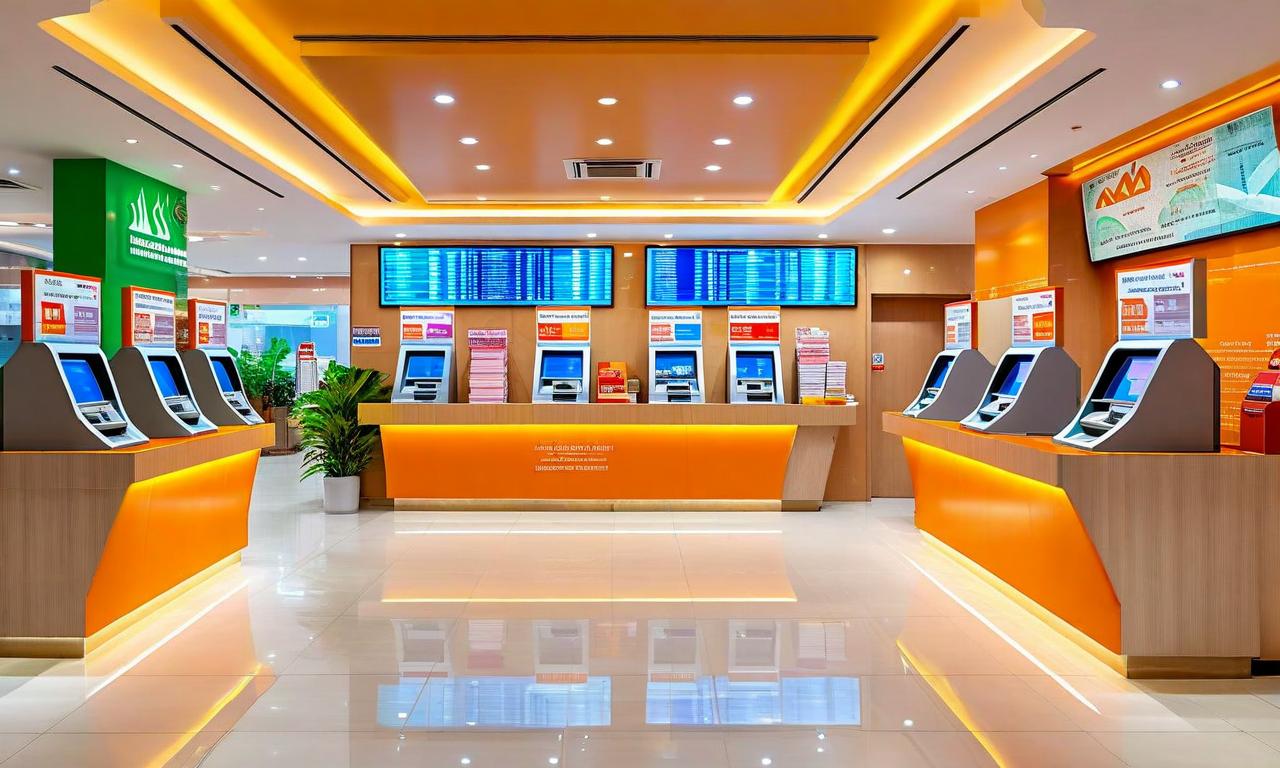Indian IT Sector Navigates Challenges Amid AI Transition and H-1B Visa Changes
The Indian IT services sector is grappling with challenges from the global AI shift and recent US H-1B visa regulation changes. Moody's warns that new H-1B visa fees could slow India's services export growth and increase operating costs for IT companies. The Nifty IT index fell over 3.5%, with major firms experiencing significant drops. Technology services stocks are among the most shorted globally, reflecting a focus shift towards AI-related themes. While AI integration may reduce IT industry growth by 1-3%, it also presents opportunities in new service areas. The sector needs to focus on developing proprietary IPs, specialized AI models, and AI-leveraging platforms to remain competitive.

*this image is generated using AI for illustrative purposes only.
The Indian IT services sector is navigating a complex landscape of challenges as it adapts to the global shift towards artificial intelligence (AI) and grapples with recent changes to US H-1B visa regulations.
H-1B Visa Fee Changes and Their Impact
Moody's Ratings has warned that recent changes to US H-1B visa fees could slow India's services export growth and reduce remittance inflows. The new fees will raise operating costs for Indian IT services companies, with an additional potential 25% tax under the proposed HIRE Act if US companies outsource to foreign entities.
Key points:
- The White House clarified that the $100,000 H-1B fee is a one-time payment for new applicants only.
- Petitions submitted before September 21 remain unaffected.
- Indians receive nearly 70% of H-1B visas.
Moody's noted that large IT firms like Tata Consultancy Services and Infosys Limited are better positioned to manage these pressures due to:
- Higher profitability
- Strong balance sheets
- Increased local hiring focus
However, the IT sector has seen a sharp decline:
- Nifty IT index fell over 3.5%
- Tech Mahindra led losses at 5.8%
- TCS, Infosys, Wipro, HCL Technologies, Mphasis, and Persistent Systems fell up to 5% each
Global Investor Sentiment and Growth Deceleration
- Technology services stocks, including those in the Indian IT sector, are currently among the most shorted globally.
- This trend reflects a shift in investor focus towards AI-related themes.
- The IT services sector has experienced a sharp deceleration over the past two years.
- In contrast, hyperscalers (typically large cloud service providers) have seen faster growth.
AI Impact on Industry Growth
The integration of AI technologies is expected to have a dual effect:
- Potential reduction in IT industry growth by 1-3%
- Emergence of new service areas such as data engineering and AI implementation
Challenges in AI adoption:
- Most enterprises remain at the proof-of-concept stage
- Less than 5% of companies have successfully scaled AI from pilots to production
Long-Term Outlook and Adaptation
Despite near-term headwinds, the Indian IT sector has historically demonstrated resilience:
- Successfully navigated major technology transitions over the past 20 years (ERP, cloud, and mobile waves)
- Expected growth as AI implementation scales up, though this inflection point may be 1-3 years away
Future Direction for the Sector
To remain competitive, the Indian IT sector needs to focus on:
- Developing proprietary intellectual properties
- Creating specialized AI models
- Building platforms that leverage AI capabilities
Conclusion
The Indian IT services sector is at a critical juncture, facing challenges from both the global shift towards AI and recent H-1B visa changes. While Emkay Global projects net IT services export growth of 5% for FY26, down from historical trends of around 7% CAGR, the sector's history of adaptability provides a foundation for optimism. As enterprises move beyond the pilot stage and begin scaling AI implementations, growth opportunities are expected to emerge. However, this transition period may extend for 1-3 years, during which the sector will need to innovate and evolve to maintain its global competitiveness in the new AI-driven landscape.

























